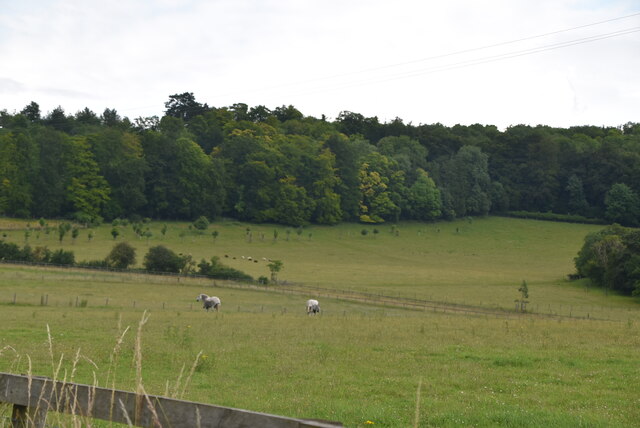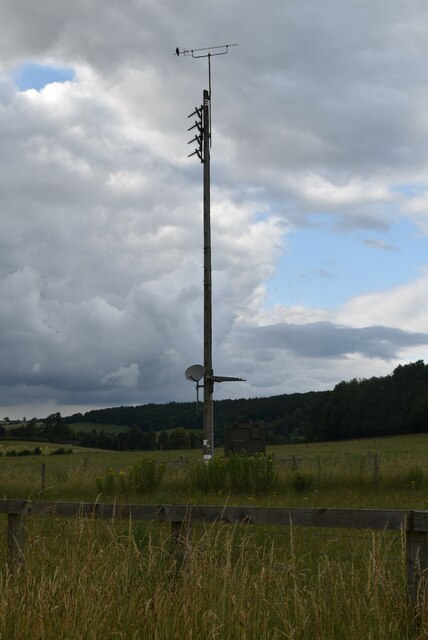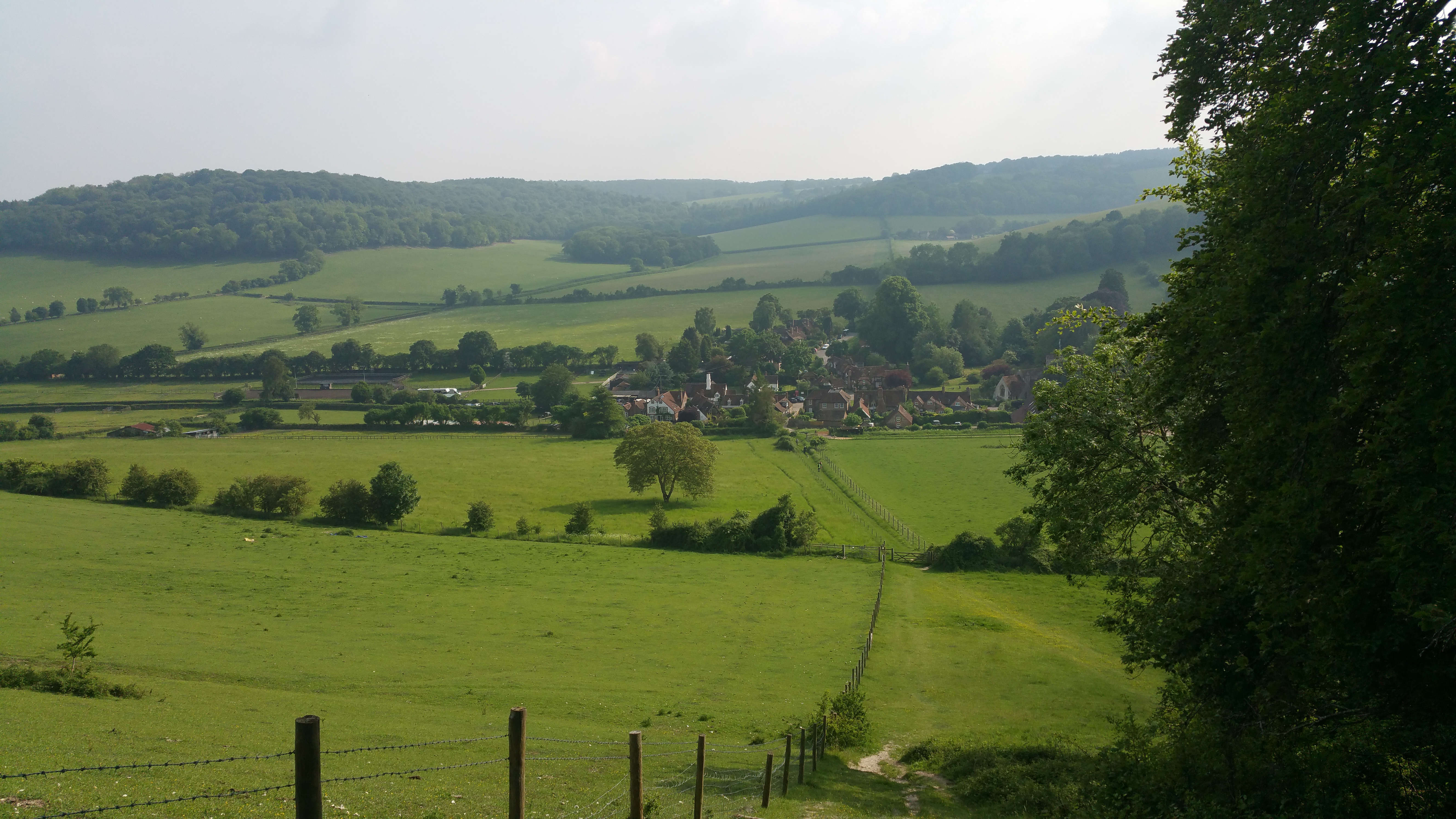Turville Schoolhouse
Heritage Site in Buckinghamshire
England
Turville Schoolhouse
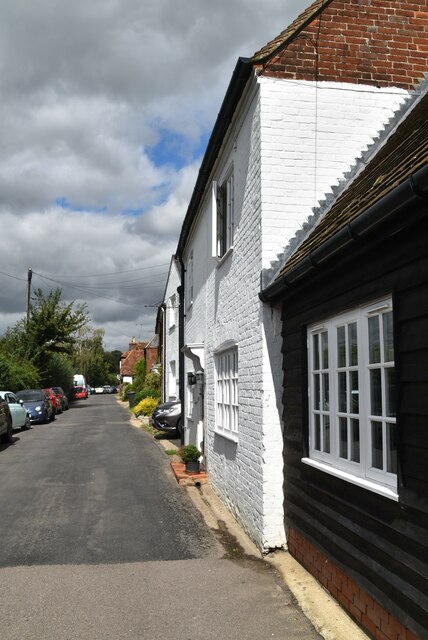
Turville Schoolhouse, located in the picturesque village of Turville in Buckinghamshire, is a historical heritage site that offers visitors a unique glimpse into the past. The schoolhouse, built in the 19th century, was originally established as a village school to educate the children of the local community.
This charming building, made of red brick and adorned with a traditional slate roof, has retained much of its original architectural features. Its small size and simple design reflect the modest rural schools of the era. Inside, the schoolhouse consists of a single classroom, complete with original wooden desks, blackboards, and a teacher's desk at the front.
Today, Turville Schoolhouse stands as a testament to the educational practices of the past. It offers visitors the opportunity to step back in time and experience the atmosphere of a bygone era. The preserved interior provides a fascinating insight into the daily lives of both teachers and students.
Surrounded by the rolling hills and lush greenery of the Chiltern Hills, the schoolhouse is set in a picturesque location. The village of Turville itself has been used as a filming location for several well-known movies and TV shows, adding to its appeal as a tourist destination.
Turville Schoolhouse, with its historical significance and rural charm, is a must-visit destination for history enthusiasts, educational researchers, and those seeking a tranquil retreat in the heart of Buckinghamshire.
If you have any feedback on the listing, please let us know in the comments section below.
Turville Schoolhouse Images
Images are sourced within 2km of 51.614/-0.893 or Grid Reference SU7691. Thanks to Geograph Open Source API. All images are credited.

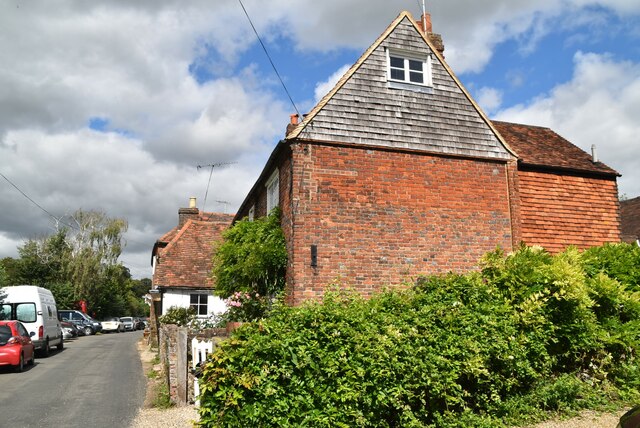
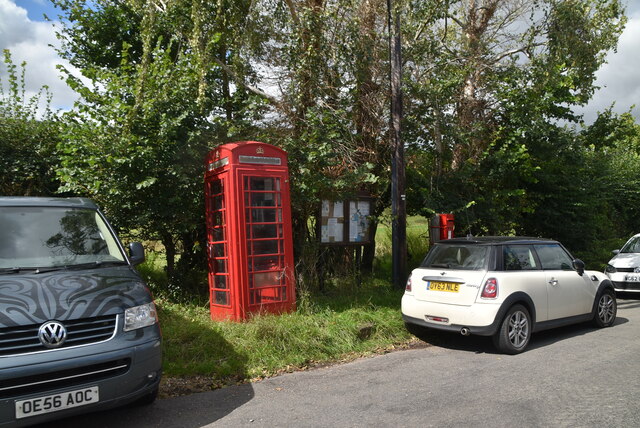
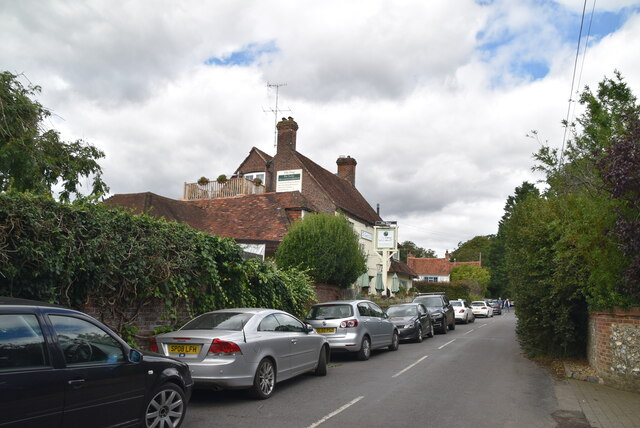
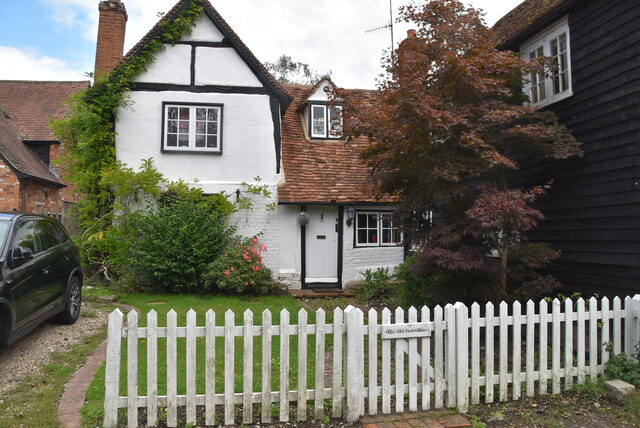
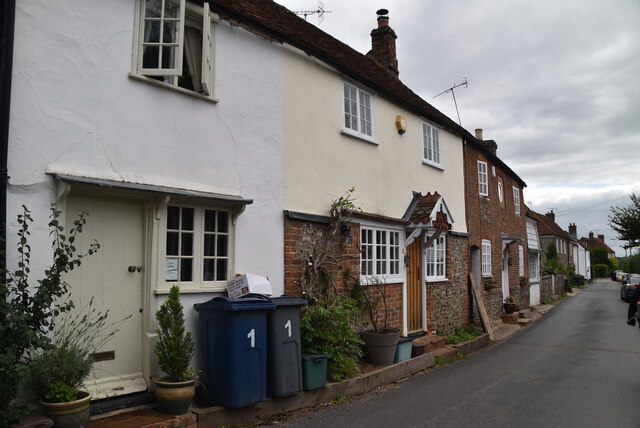
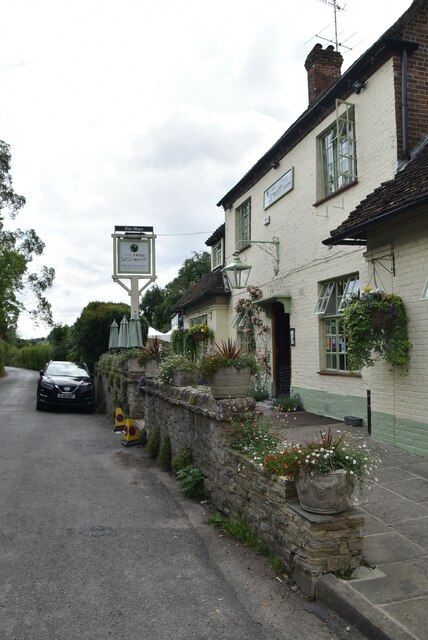
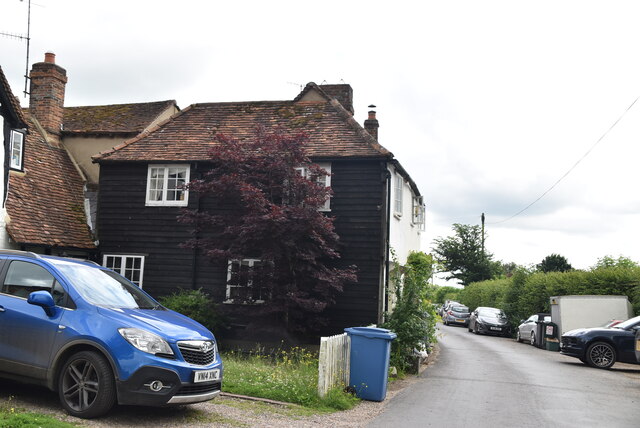
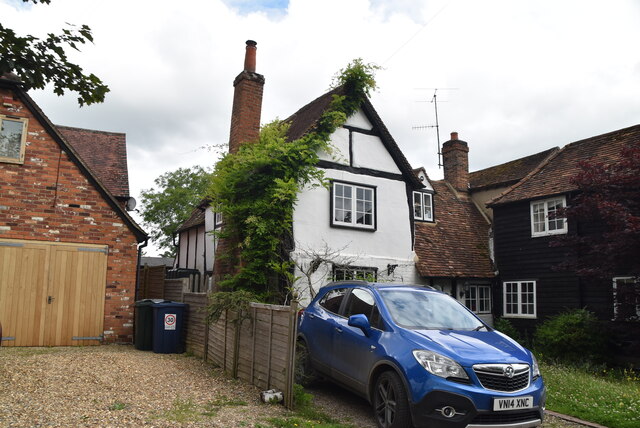
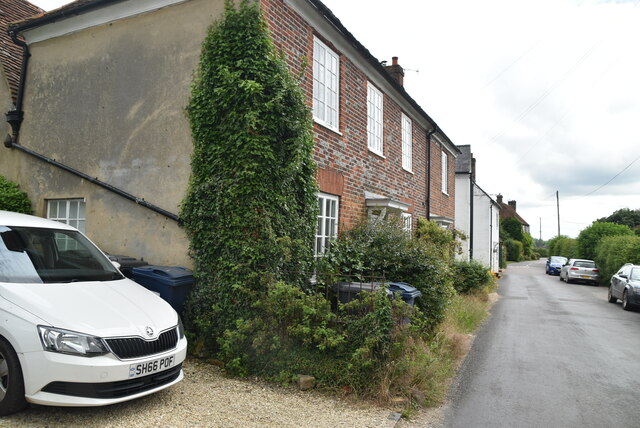
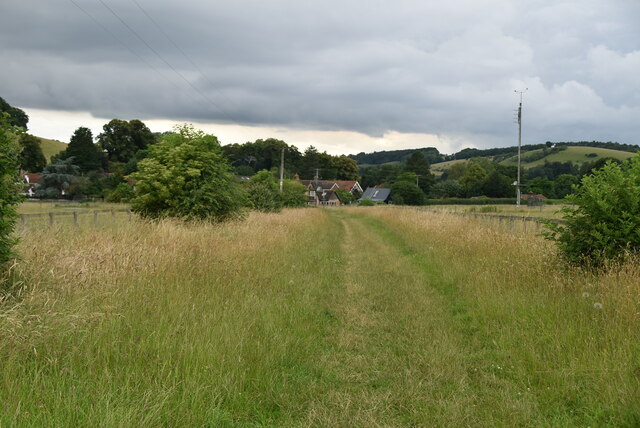
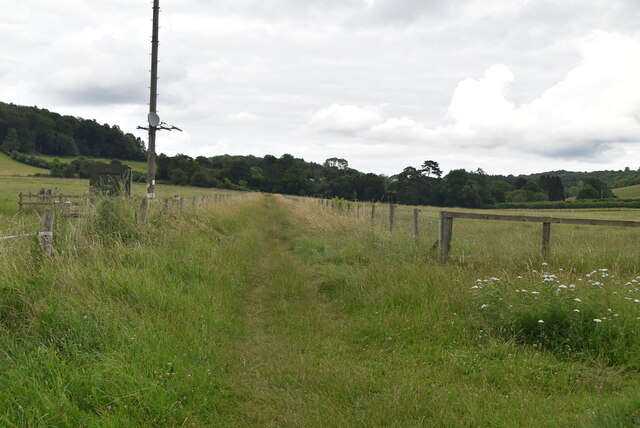
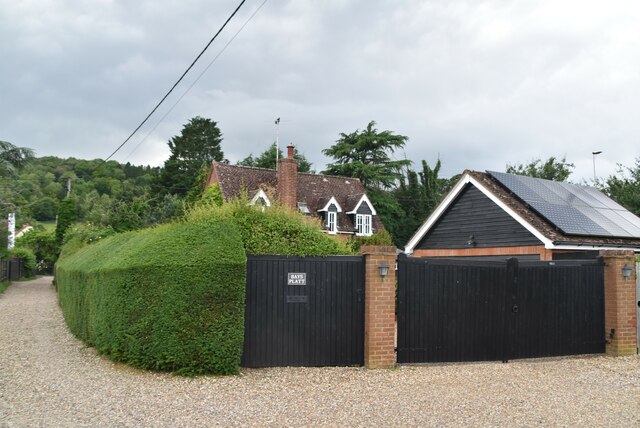
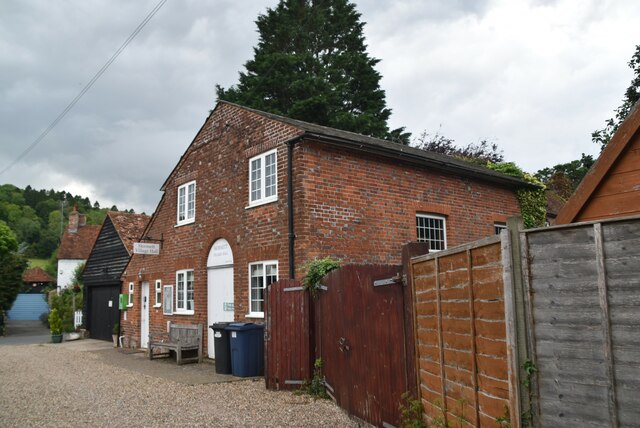
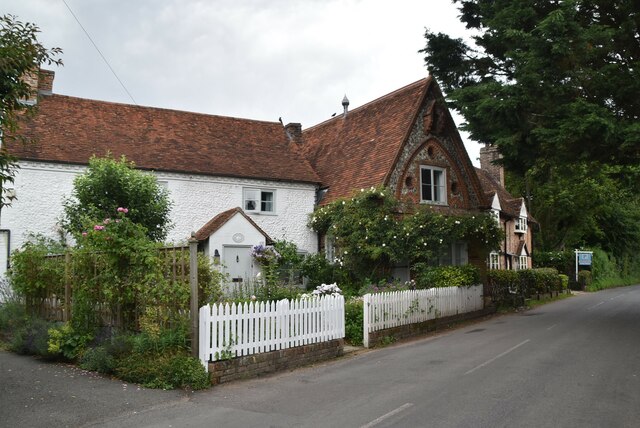
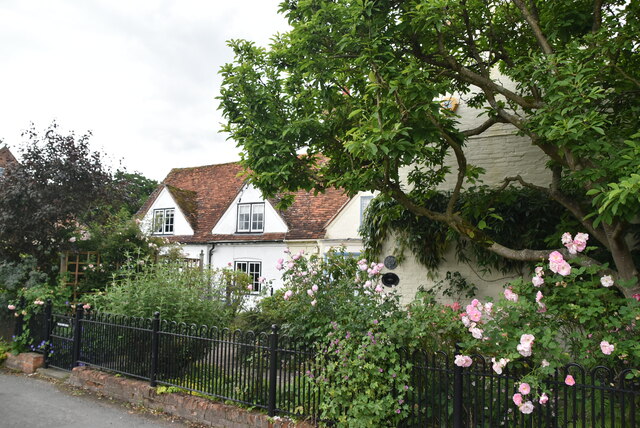
Turville Schoolhouse is located at Grid Ref: SU7691 (Lat: 51.614, Lng: -0.893)
Unitary Authority: Buckinghamshire
Police Authority: Thames Valley
What 3 Words
///clip.scariest.social. Near Stokenchurch, Buckinghamshire
Nearby Locations
Related Wikis
Turville
Turville is a village and civil parish in Buckinghamshire, England. It is in the Chiltern Hills, 5 miles (8.0 km) west of High Wycombe, 6 miles (9.7 km...
St Mary the Virgin Church, Turville
The Church of St Mary the Virgin is a 12th century English church located in Turville, Buckinghamshire, England. The Church will be closed from March to...
Turville Hill
Turville Hill is a 22.4-hectare (55-acre) biological Site of Special Scientific Interest in Turville in Buckinghamshire. It is in the Chilterns Area of...
Cobstone Windmill
Cobstone Mill was built around 1816 on Turville Hill in Buckinghamshire, England, and overlooks the village of Turville. It is a smock mill that replaced...
Nearby Amenities
Located within 500m of 51.614,-0.893Have you been to Turville Schoolhouse?
Leave your review of Turville Schoolhouse below (or comments, questions and feedback).
